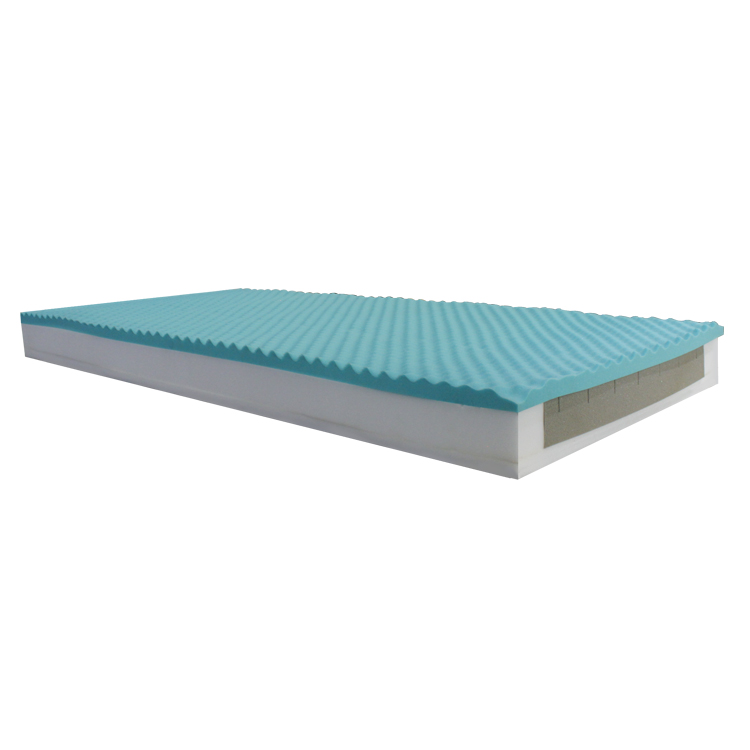How to Choose the Best Therapeutic Air Mattress for Bedsores and Enhanced Comfort
The Importance of Therapeutic Air Mattresses for Bedsores A Comprehensive Guide
Bedsores, also known as pressure ulcers, are injuries to the skin and underlying tissue that develop primarily over bony areas in individuals who are bedridden or have limited mobility. These painful wounds can lead to serious health complications, including infections, and can severely impact the quality of life for affected individuals. One effective preventative measure against bedsores is the use of therapeutic air mattresses. In this article, we will explore the importance of these mattresses, their types, and how to choose the right one.
Understanding Therapeutic Air Mattresses
Therapeutic air mattresses are specifically designed to alleviate pressure on the skin, distribute body weight more evenly, and promote better circulation. Unlike traditional foam mattresses, air mattresses can be adjusted to different levels of firmness, allowing for a customizable sleeping surface that can cater to the unique needs of each individual. Many of these mattresses feature alternating pressure systems, which regularly change the air pressure in different sections of the mattress. This dynamic movement helps to relieve pressure points, reducing the risk of developing bedsores.
The Benefits of Therapeutic Air Mattresses
1. Pressure Relief The primary benefit is the significant reduction in pressure on vulnerable areas. These mattresses adapt to the body’s contours, ensuring that there are no prolonged areas of high pressure.
2. Enhanced Comfort Patients who struggle with mobility can experience severe discomfort from standard mattresses. Therapeutic air mattresses provide a more comfortable sleeping surface, improving overall sleep quality.
3. Improved Circulation By promoting better blood flow, these mattresses mitigate the risk of skin breakdown and enhance overall skin health.
4. Easy Maintenance Many therapeutic air mattresses are designed for easy cleaning and maintenance, which is crucial in clinical settings to maintain hygiene and prevent infections.
5. Portability Many models are lightweight and designed for use at home or in healthcare facilities, making them versatile for different environments.
Types of Therapeutic Air Mattresses
buy therapeutic air mattress for bedsores

Therapeutic air mattresses come in various types, catering to different levels of care needs
- Alternating Pressure Mattresses These mattresses periodically inflate and deflate different air cells to create a changing surface that reduces pressure on the skin. - Low Air Loss Mattresses These are designed to provide continuous airflow, helping to keep the skin cool and dry, thus preventing moisture buildup that can lead to skin breakdown.
- Static Mattresses These provide a stable surface and are often used in conjunction with other preventive measures, suitable for patients who can shift their weight regularly.
Choosing the Right Mattress
When considering the purchase of a therapeutic air mattress, several factors should be taken into account
1. Level of Care Evaluate the patient's level of mobility and risk for bedsores to select an appropriate mattress type.
2. Size and Fit Ensure that the mattress fits the bed properly to provide maximum effectiveness and prevent any gaps that could lead to discomfort or injury.
3. Patient Comfort Consider the preferences of the individual who will be using the mattress. A trial period may be beneficial to assess comfort levels.
4. Budget While it’s important to consider cost, investing in a high-quality therapeutic mattress can save on potential medical expenses down the road due to pressure ulcers.
Conclusion
Investing in a therapeutic air mattress is a proactive approach to preventing bedsores for those at risk. These mattresses not only offer exceptional pressure relief and comfort but also contribute to better overall health outcomes. By understanding the different types available and considering individual needs, caregivers and families can make informed decisions that significantly enhance the quality of life for those who are bedridden or have limited mobility. It is always advisable to consult with healthcare professionals to determine the most suitable options for specific situations.
-
The Effect of Coconut Foam Mattress Breathability and Humidity Regulation on Improving Sleep QualityNewsJul.03,2025
-
How Wave Mattress Systems Improve Blood Circulation During ImmobilityNewsJul.03,2025
-
The Climate-Adaptive Sleep Revolution: Exploring the Benefits of Cooling Gel Memory Foam MattressesNewsJul.03,2025
-
Exploration of the Role of Coconut Foam Mattress in Preventing Bedsores in the ElderlyNewsJul.03,2025
-
Comparing Wave Mattress and Air Mattress: Which Is Better for Medical Use?NewsJul.03,2025
-
Analysis of Comfort and Environmental Performance of Natural Latex and Coconut Foam MattressNewsJul.03,2025
-
Multi-Layer Construction for Enhanced Performance in Gel Mattress PadNewsJun.24,2025

